The world is now desperately searching for a new paradigm of development and governance – a model centered on infrastructure and driven by the real economy, all the while maintaining balanced, inclusive and sustainable growth. China’s Belt and Road Initiative is an answer to this need.
By
HO Chi-Ping Patrick

Image Source: Internet
“Globalization 1.0” and its Drawbacks
Since the last millennium, the international order has largely been dictated by the disposition of natural resources. Many of the challenges we face today still stem from the zero-sum game of capturing resources for the security and interests of individual countries.
For most of human history, this involved plundering, slavery, colonization, and wars – with some countries annexed in the name of religion, civilization, and progress, and others blatantly pillaged for spoil. Empires and imperialism reigned.
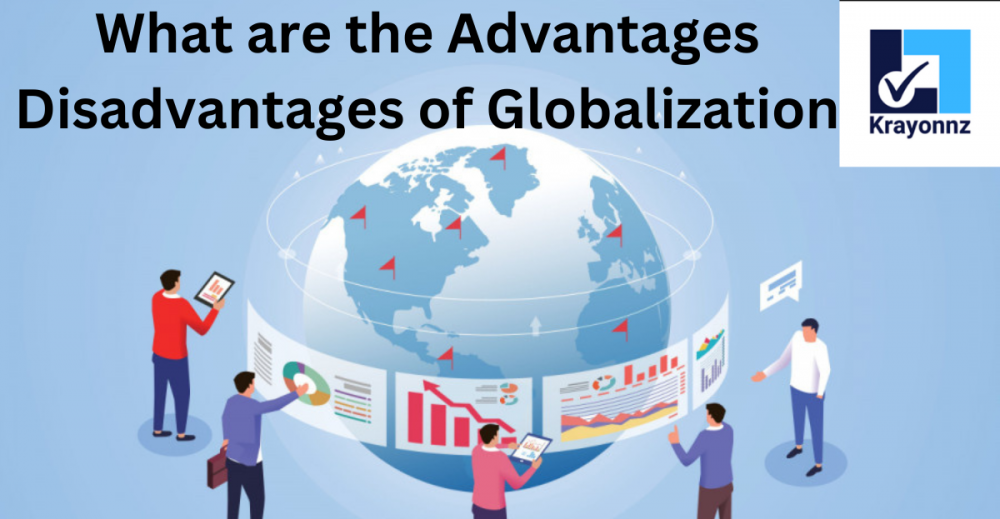
Image Source: Internet
Things changed after the two World Wars, when imperialism and colonialism gave way to democracy and human rights. The answer that emerged – “globalization”.
Globalization deploys capital and investments, trade and goods, people and services, and information across national barriers, and by reorganizing these entities, maximizes profits. It has proven to be a very effective scheme for amassing great fortunes, and has accelerated growth in the global economy in a relatively short time.
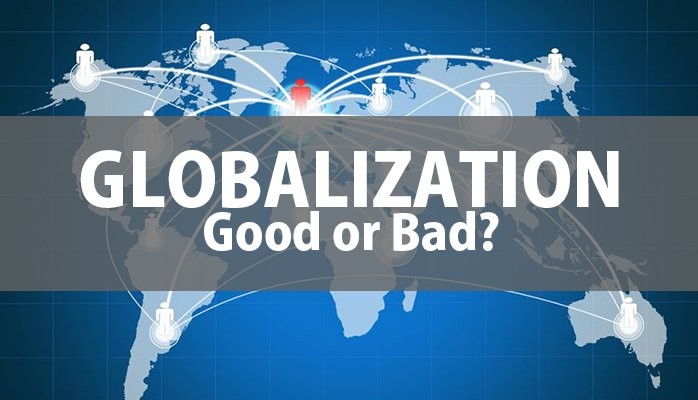
Image Source: Internet
Free trade has, however, also come with its share of disadvantages. Most notably, it has disproportionately benefited the capitalist class, while leaving lower-skilled workers struggling to make ends meet. This inequality has not only become a source of social strife and resentment but also a real obstacle to continued economic growth.
At the same time, over the past few decades, globalization has noticeably tilted from real asset-based economy towards the financial economy, especially virtual economy. Because of potentially huge returns with very low costs and in relatively short time when the economy is thriving, debts and derivatives are flooding the market and self-circulating in the financial sector for generating profits. This not only increases systemic risk, but also hinders the development of the real economy.
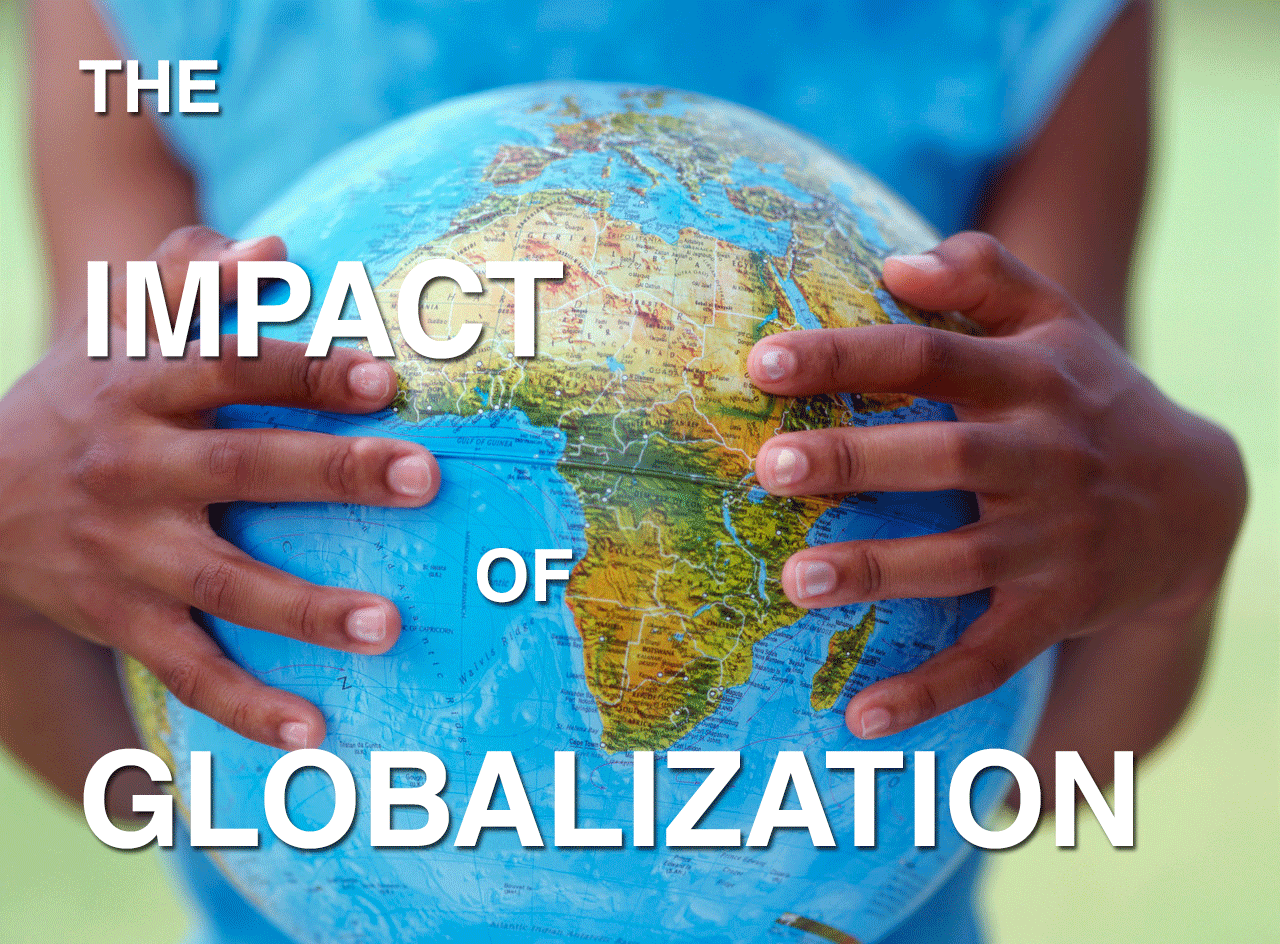
Image Source: Internet
Searching for a New Paradigm of Development
Nonetheless, globalization is an irreversible trend. It is the inevitable outcome of human development. Over the years, by efficient allocation of resources and division of labor, globalization has not only enhanced efficiency, promoted technological breakthroughs, but also deepened people-to-people exchanges.
Despite thriving for decades, today, the globalization led by developed economies is a system in crisis. In particular, these drawbacks have been exacerbated by political elections, increasingly affecting social stability and peaceful development.

Image Source: Internet
Our world is now desperately searching for a new paradigm of development that can restore balance to our economic development. This time, China is offering its solution to this global challenge.
On September 26, 2015, President Xi Jinping delivered an important speech at the UN headquarters in New York, stressing that the international community should, by taking the post-2015 development agenda as a new starting point, together seek an equitable, open, comprehensive and innovation-driven development path in an effort to achieve common development of all countries.
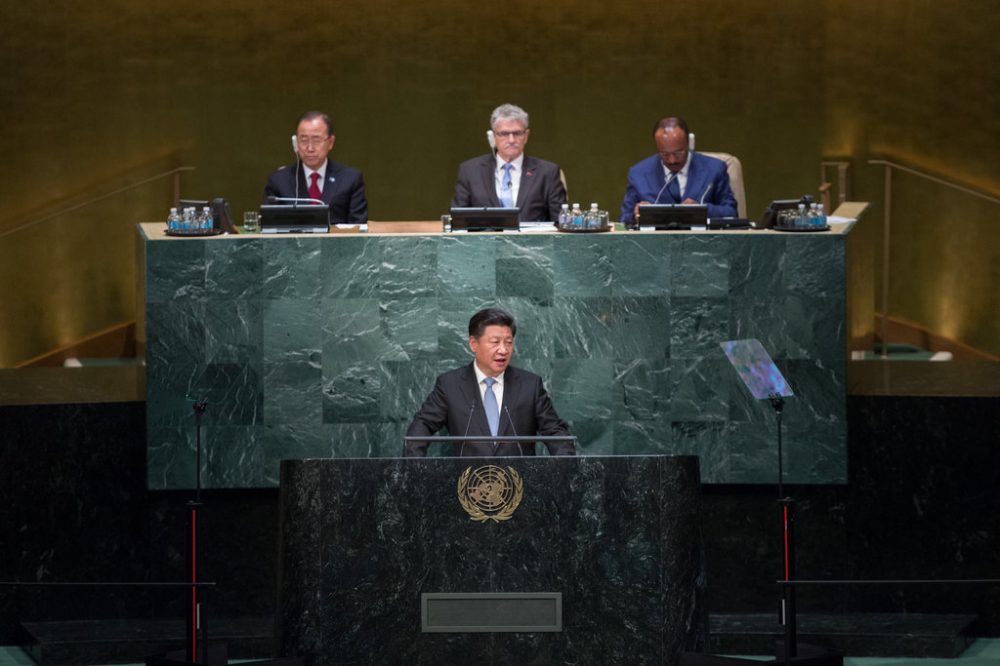
Image Source: Internet
President Xi’s new concept for development is deeply rooted in China’s traditional wisdom and its own experience. It outlines the blueprint to solve many common problems facing the world today.
China’s Suggestion for A New Version of Globalization
In order to build a better world, President Xi proposed the “Belt and Road” initiative (BRI) in 2013, introducing a whole new paradigm on globalization. The initiative emphasizes the principle of achieving shared growth through discussion and collaboration. By promoting infrastructure-building and regional cooperation based on mutual benefit, BRI aims to achieve balanced, inclusive and sustainable growth. In explaining this new paradigm, the Chinese leader made a concise and clear statement at the annual meeting of the World Economic Forum in Davos this year, “We should strike a balance between efficiency and equity to ensure that different countries, different social strata and different groups of people all share in the benefits of economic globalization.”
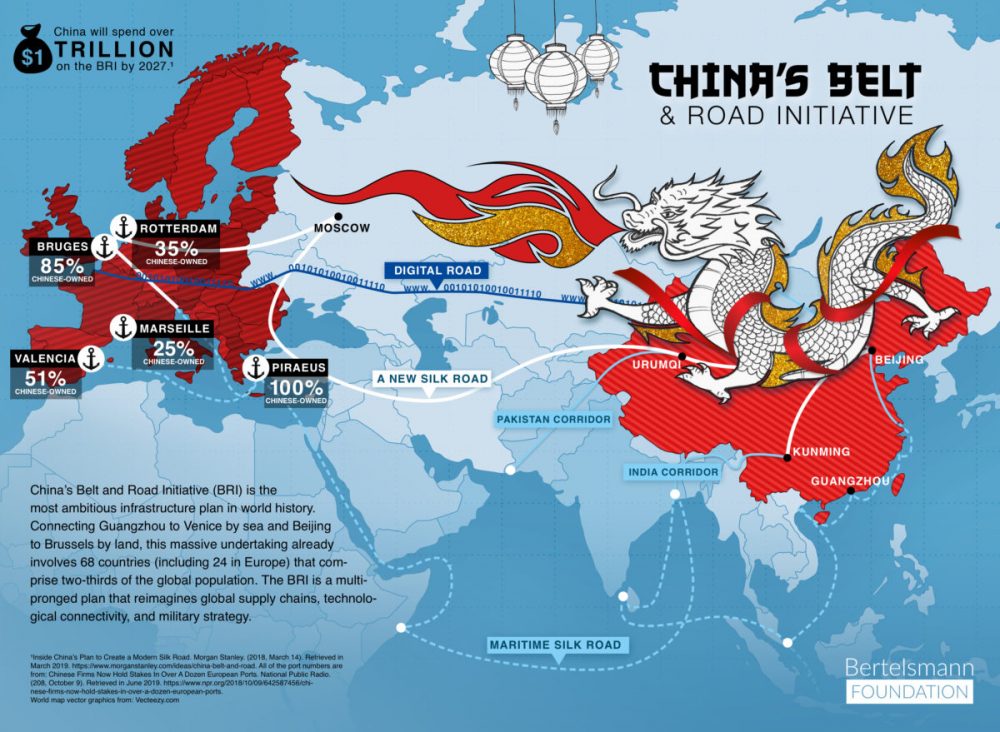
Image Source: Internet
That is a new definition of globalization, an upgraded version of the concept. It is globalization 2.0 – a public good offered by China.
The BRI is not based on a “zero-sum game” or a “winner takes all” approach, but a new model of sustainable development for the world. Under Globalization 2.0, social inclusiveness, equality, individual and social well-being, and environmental responsibility are featured alongside economic growth and prosperity, with equal weighting. Prosperity is achieved through collective and inclusive approaches that built on trust, social justice, goodwill, dialogue and collaboration among countries.
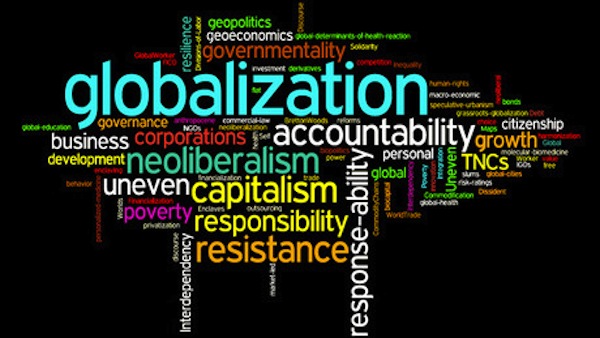
Image Source: Internet
Whereas Globalization 1.0 is concerned only with maximizing profits, Globalization 2.0 emphasizes economic prosperity amidst equality and environmental responsibility. In effect it is Globalization 1.0 with the added dimension of sustainable development, which requires due consideration of all three sectors of development: economic, social, and environmental.
Promoting Balanced Growth through BRI
In its formative stages, the BRI will rely on major investments in infrastructure-building, as well as countries around the world to start enhancing connectivity and eliminating obstacles and barriers for cooperation. Infrastructure is the foundation of connecting individual countries with the global economy. Most importantly, investing in infrastructure will effectively reduce the structural problems caused by globalization 1.0, driving the world gradually from an excessive reliance on financial derivatives back to the basics – real assets, a proven path to sustainable growth and development.

Image Source: Internet
The term “infrastructure” encompasses physical structures as well as institutional and human dimensions. Economic infrastructure includes transportation, energy, communications and financial services. Social and environmental infrastructure includes water and sanitation, schools, hospitals and health-care systems.
Infrastructure is an economic driver, providing employment and jobs, and forming the backbone of the economy of every country – a necessary input to every economic output. It is critical to every nation’s prosperity, public health, and welfare. Infrastructure has a cascading effect on a nation’s economy, business productivity, GDP, employment, personal income, and international competitiveness.

Image Source: Internet
Infrastructure does not benefit big enterprises alone, but also facilitates medium, small, and even individual enterprises to thrive and prosper, providing them with access to information, technology and pathways into markets. Such social empowerment creates opportunities for individuals to lift themselves out of joblessness and poverty.
Moreover, infrastructure is fundamental to sustainable development and plays a catalytic role in fostering social development and environmental protection alongside economic growth.
These major, initial projects are naturally suited to national governments and state-owned enterprises. But where China sees the true potential of the BRI is in the construction of platforms on which Individual, small, and medium enterprises (ISMEs) can thrive. The cultivation of these entities is seen as essential to the BRI’s success, primarily for three reasons.

Image Source: Internet
First, ISMEs promise to even out income disparity and promote equitable distribution of resources. Globalization has largely favored giant international enterprises – which concentrate profits at the top, often at the cost of workers and society. ISMEs, on the other hand, largely tend to be people based and more intertwined with their workers and communities.
Second, ISMEs play a critical role in developing countries, and ensuring their continued success is seen as contributing to social stability. In developed countries, ISMEs combine well with modern technologies, offering agility and innovation.
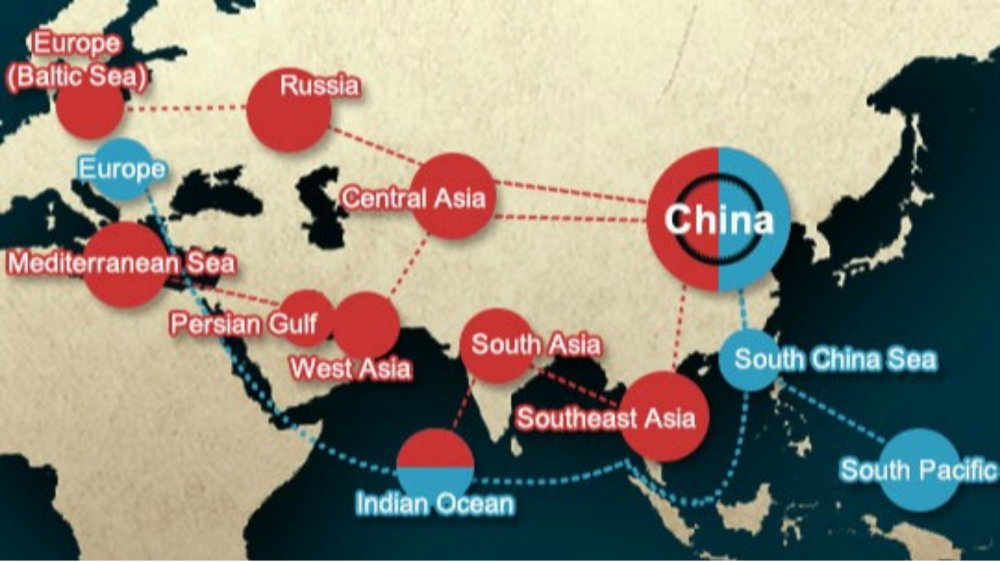
Image Source: Internet
Finally, ISMEs promote interconnection and exchange, and, especially in international contexts, provide a more human face and tone to trade and exchange. Nurturing these contacts can help broaden both minds and markets, strengthening and feeding into the dynamics of the BRI.
BRI- A New Paradigm of Development
The BRI should not be regarded simply as a means of promoting economic cooperation, but a facilitator of connectivity and linkages among different civilizations. It presents the world with a new model for growth. By incorporating sustainable development into today’s global economy, we can foster a new form of globalization (Globalization 2.0) built on an inclusive, mutually beneficial, environmentally friendly and equitable platform that works for all mankind.

Image Source: Internet
The BRI is an inseparable component of Chinese culture, imbuing globalization 2.0 with Chinese values that are embraced by all, such as the principle of achieving shared growth through discussion, building and sharing. It offers the world a new engine of growth. It is a new paradigm of development.
Today, human civilization is at a critical juncture. The world is in dire need of a global renaissance. It is time to set the course for a world where everyone can live spiritually fulfilling lives: free of want, free of fear, in harmony with nature, and in longstanding peace. It will be a world in which no one is left behind, and no one has to take second place. It will be a world built upon a foundation of shared effort, of a common future, and of a common destiny.
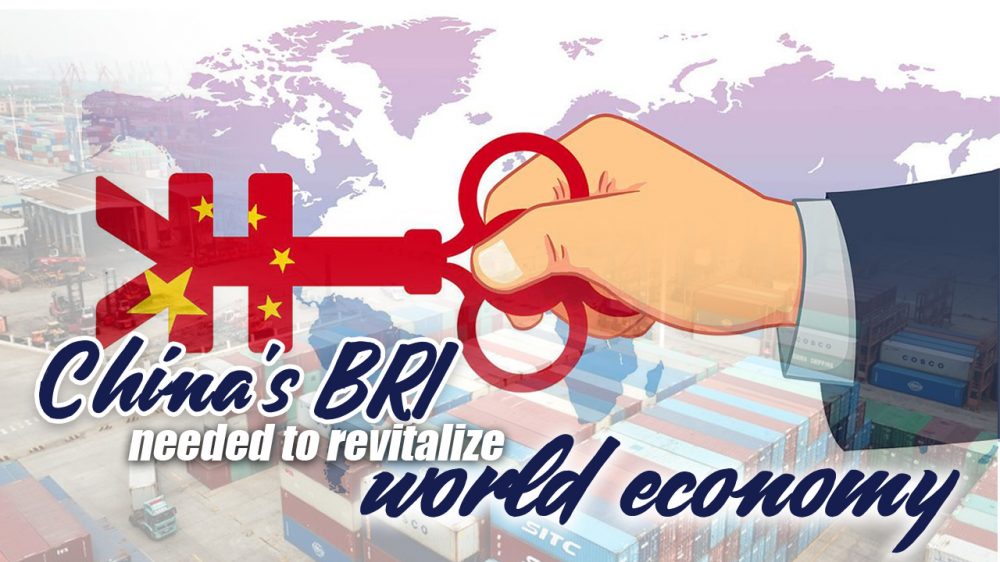
Image Source: Internet
The Chinese people shoulder the responsibility to unite towards achieving the great rejuvenation of the Chinese nation, and to promote a new era of global renaissance for the benefit of all global citizens.
China should make a difference. China is making a difference.
(This paper was part of the editorial by the author for the BRI Monograph organized by the China Energy Fund Committee in 2016)
Edited by Fang Fang
Proofread by Wang Yan

